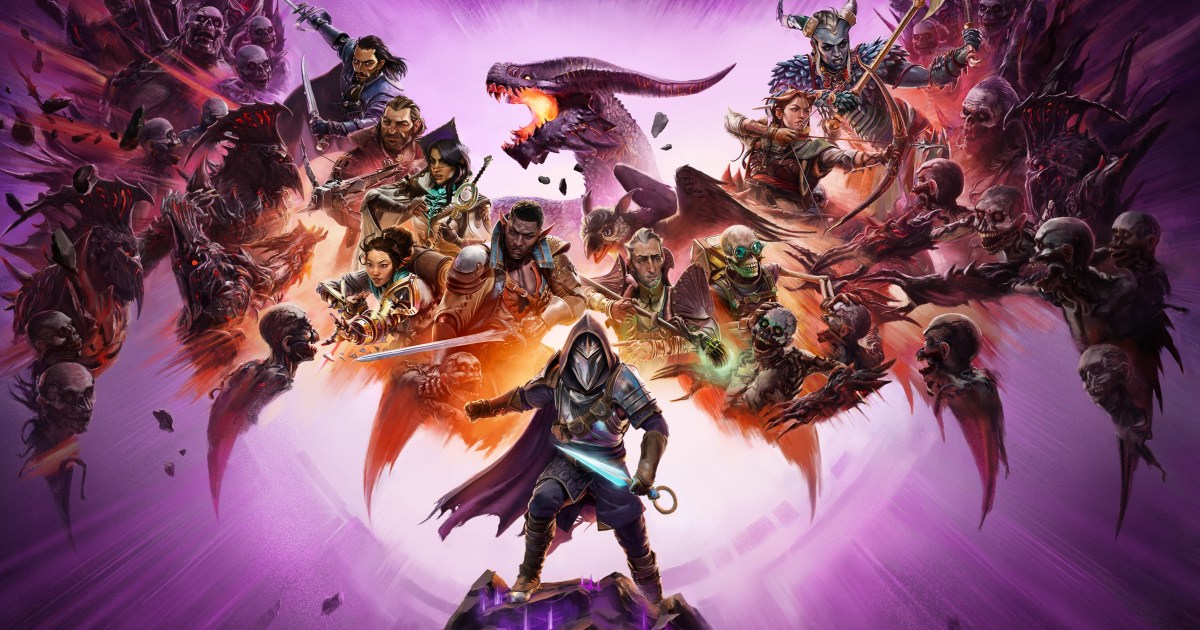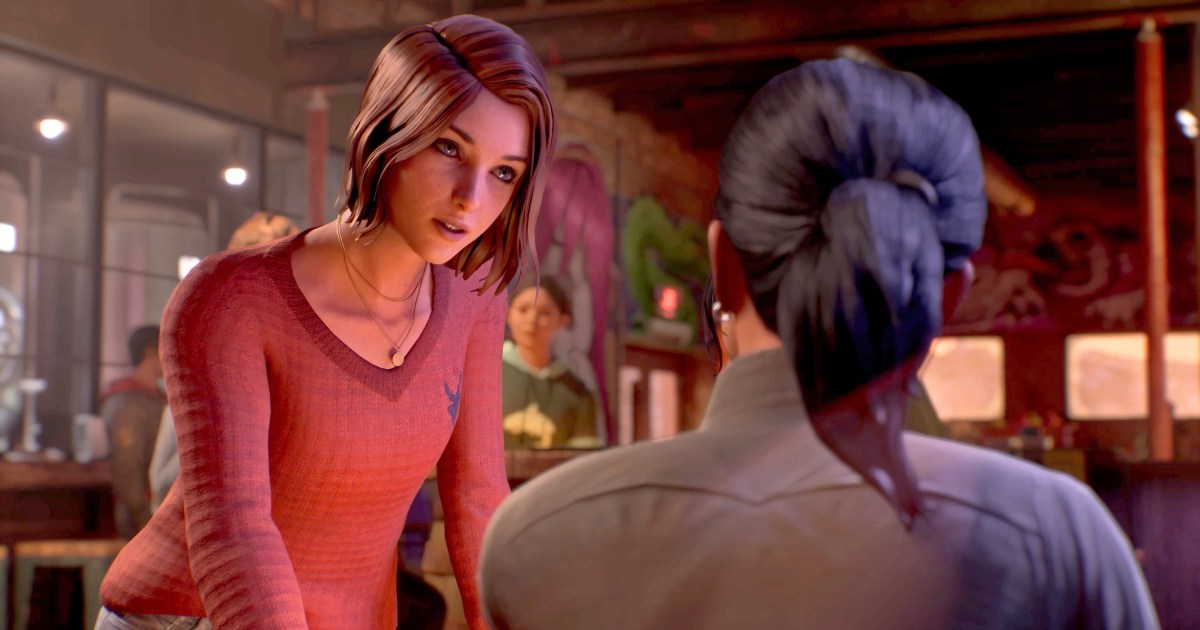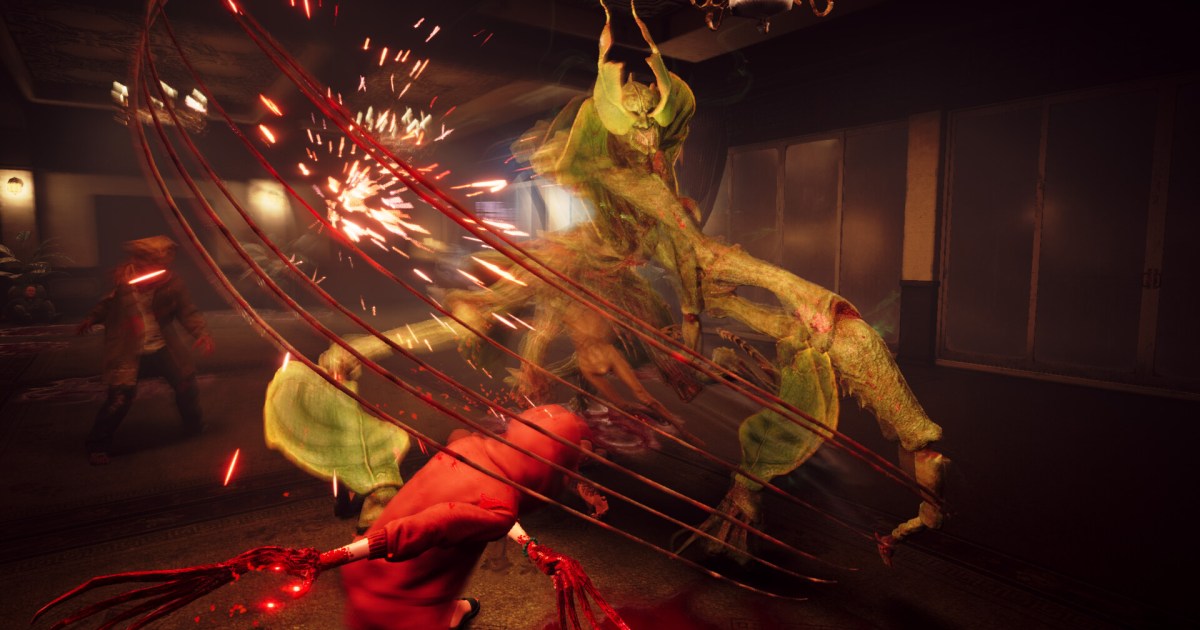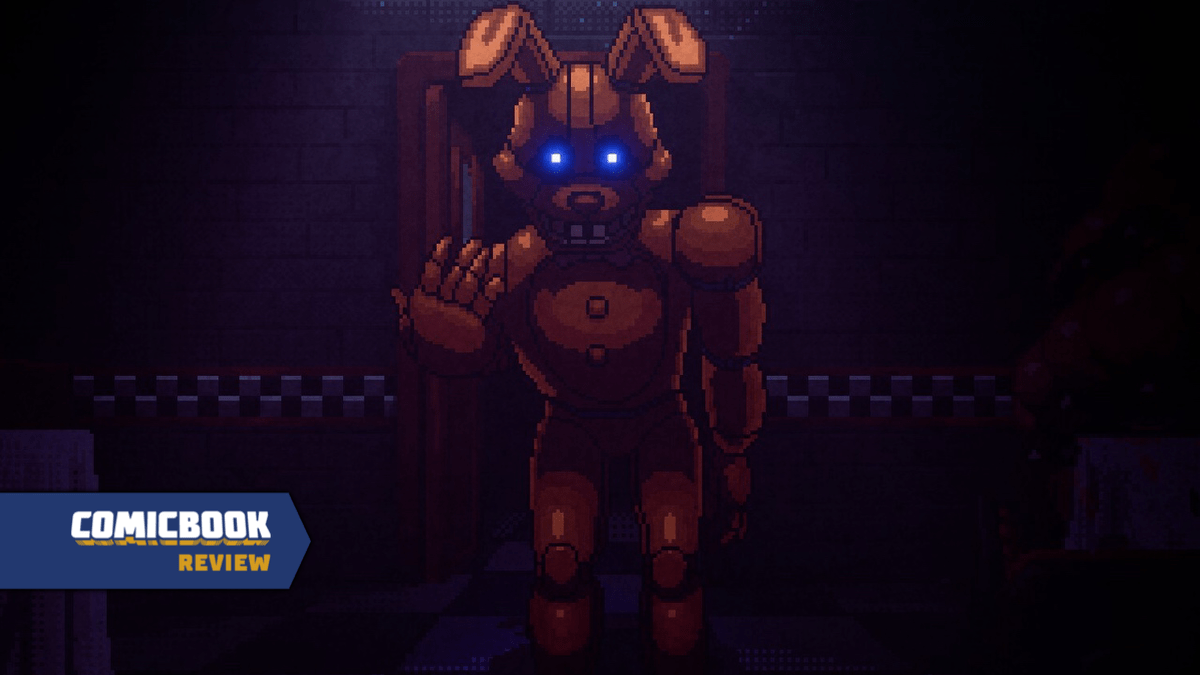Dragon Age: The Veilguard boasts a distinctive, painterly art style that sets it apart. While some characters appear slightly flat, the bespoke lighting and framing in key conversations and scenes elevate the visuals to stunning heights. This artistic approach reflects the game as a whole: a polished AAA RPG that sometimes sacrifices depth for accessibility, yet still delivers flashes of the “BioWare magic” absent in recent titles like Mass Effect: Andromeda and Anthem. This review explores The Veilguard‘s strengths and weaknesses, examining its combat, story, and role-playing elements.
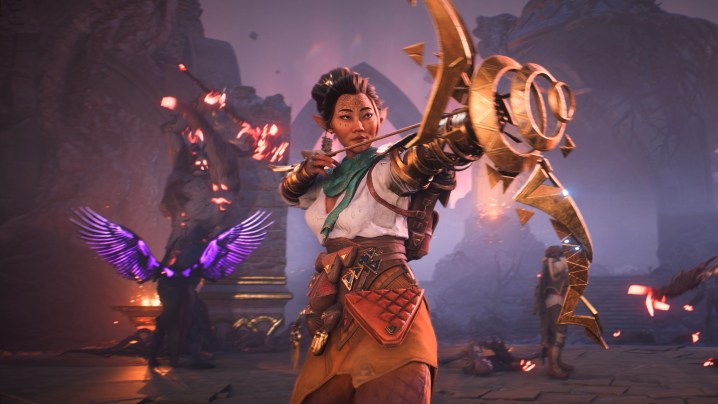 A character draws a bow in Dragon Age: The Veilguard.A skilled archer prepares for battle in Dragon Age: The Veilguard.
A character draws a bow in Dragon Age: The Veilguard.A skilled archer prepares for battle in Dragon Age: The Veilguard.
Picking Up Where Inquisition Left Off
The Veilguard acts as a direct sequel to Dragon Age: Inquisition, picking up the narrative threads left dangling a decade ago. Solas, the elven god Fen’harel, attempted to tear down the Veil separating the world from the Fade. While the player thwarts his initial plan, the ritual inadvertently unleashes two more formidable gods, Elgar’nan and Ghilan’nain. With Solas trapped in the Fade, he guides the player in forming the Veilguard, an assembled team tasked with saving the world. The game begins with extensive character customization, allowing players to create their protagonist, Rook. Choices regarding race, background, and class influence dialogue and interactions throughout the game.
Exploring Northern Thedas
Instead of an open world, The Veilguard offers several explorable hub areas, varying in size. BioWare maximizes these spaces, filling them with story quests, companion interactions, faction missions, and side activities. From the bustling streets of Tevinter to the tranquil forests of Arlathan, each location feels distinct and purposeful. The game prioritizes clear navigation, providing waypoint markers and numerous accessibility options to prevent players from getting lost. A convenient feature automatically converts duplicate gear into upgrades, simplifying inventory management.
Assembling the Veilguard
Much like Mass Effect 2, The Veilguard‘s narrative focuses on recruiting and bonding with a diverse team of skilled individuals. While this approach feels somewhat familiar, it remains effective in delivering compelling ensemble storytelling. BioWare’s expertise in crafting engaging companions shines through in the companion quests, which offer some of the game’s best writing. Taash’s personal journey of coming out as nonbinary is particularly poignant and memorable. These moments exemplify the narrative depth BioWare is known for.
 The Battle UI in Dragon Age: The Veilguard.The in-game battle UI displays vital information and commands.
The Battle UI in Dragon Age: The Veilguard.The in-game battle UI displays vital information and commands.
Action-Oriented Combat
The Veilguard embraces real-time action combat, complemented by RPG elements. Players choose a class (Warrior, Mage, or Rogue) during character creation, each offering unique playstyles. The Mage class, for example, allows for ranged staff attacks or close-quarters spellblade combat, creating “Arcane Bombs” for devastating damage. Combat emphasizes strategic dodging, blocking, and unleashing abilities. Players control two companions in battle, issuing commands for specific abilities. Companions can also activate debuffs like “sundered” or “overwhelm” to increase damage output. While engaging, the combat can become repetitive, especially towards the end of the game.
Choices and Consequences
While the main story and companion quests offer compelling narratives, the regional side quests fall short. These optional missions often lack variety and boil down to repetitive combat encounters. The game’s overall approach to choices and consequences feels somewhat cautious. Significant decisions are heavily telegraphed, and the impact of player choices on the ending feels limited. While there are exceptions, the lack of meaningful consequences detracts from the role-playing experience.
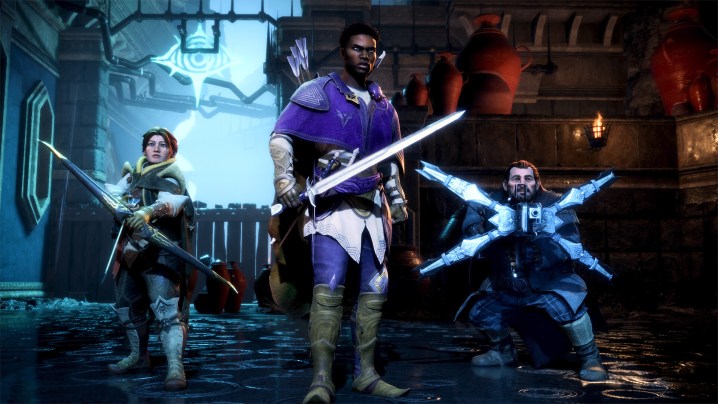 A party of three in Dragon Age: The Veilguard.The player’s party navigates the world of Thedas.
A party of three in Dragon Age: The Veilguard.The player’s party navigates the world of Thedas.
A Solid Foundation for the Future
Dragon Age: The Veilguard represents a return to form for BioWare, showcasing the studio’s strengths in character writing and world-building. The streamlined design and accessibility options make it a welcoming entry point for newcomers to the genre. While the game plays it safe in some aspects, it establishes a solid foundation for future installments. With improved side quests and more impactful choices, the next Dragon Age game has the potential to recapture the series’ former glory. BioWare is back, and The Veilguard is a promising first step towards a brighter future.
MaagX tested Dragon Age: The Veilguard on a PlayStation 5 with code provided by the publisher.



